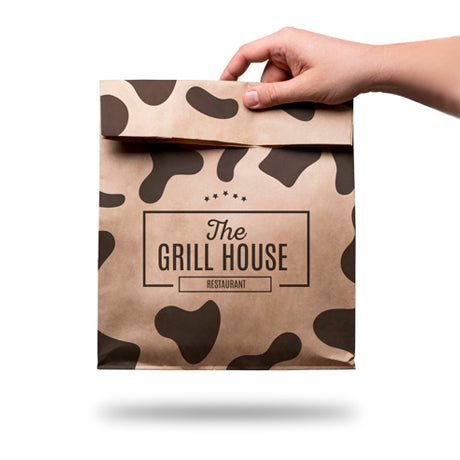The Challenges and Innovations in Plastic Food Packaging
Plastic food packaging has become an integral part of the global food supply chain, revolutionizing the way we store and transport food. It offers convenience, safety, and cost-effectiveness, but it also poses significant challenges that impact the environment and human health. As awareness of these issues grows, innovative solutions are emerging, reshaping the future of food packaging.
One of the primary benefits of plastic packaging is its ability to preserve food. It provides a barrier against moisture, oxygen, and contaminants, extending the shelf life of products. This is particularly critical in reducing food waste, which remains a significant global concern. According to the Food and Agriculture Organization (FAO), roughly one-third of all food produced for human consumption is lost or wasted. By improving food preservation, plastic packaging plays a vital role in ensuring that more food reaches consumers.
However, the environmental impact of plastic food packaging cannot be overlooked. The production and disposal of plastic contribute to pollution and ecological degradation. Millions of tons of plastic waste end up in landfills and oceans each year, harming marine life and ecosystems. Additionally, the petrochemical processes used to manufacture plastic are energy-intensive, leading to increased greenhouse gas emissions.
In response to these pressing issues, researchers and companies are exploring innovative alternatives to traditional plastics. Biodegradable and compostable materials are gaining traction, offering a more sustainable option for food packaging. These materials, often derived from natural sources like cornstarch or sugarcane, can break down more quickly in the environment, reducing their long-term impact.
plastic food packaging

Furthermore, advancements in recycling technology are also making plastic packaging more sustainable. Enhanced recycling processes can convert used plastics into new packaging materials, significantly reducing the demand for virgin plastic production. Initiatives like deposit return schemes and improved waste management systems encourage consumers to return or recycle their packaging, creating a circular economy.
Another emerging trend is the development of smart packaging technologies. These innovations use sensors and indicators to monitor the freshness and safety of food products. By providing real-time information about the condition of the food, smart packaging can help minimize waste and improve food safety.
As consumers become more environmentally conscious, there is an increasing demand for sustainable packaging solutions. Companies are responding by adopting eco-friendly practices and investing in sustainable materials. This shift is not only beneficial for the planet but can also enhance brand loyalty and appeal to a growing segment of environmentally aware consumers.
In conclusion, while plastic food packaging continues to play a crucial role in food preservation and safety, its environmental impact cannot be ignored. The industry is at a crossroads, and the emergence of sustainable alternatives, recycling innovations, and smart packaging technologies offer hope for a more responsible future. By embracing these changes, we can work towards a food packaging system that balances convenience and safety with environmental stewardship.



